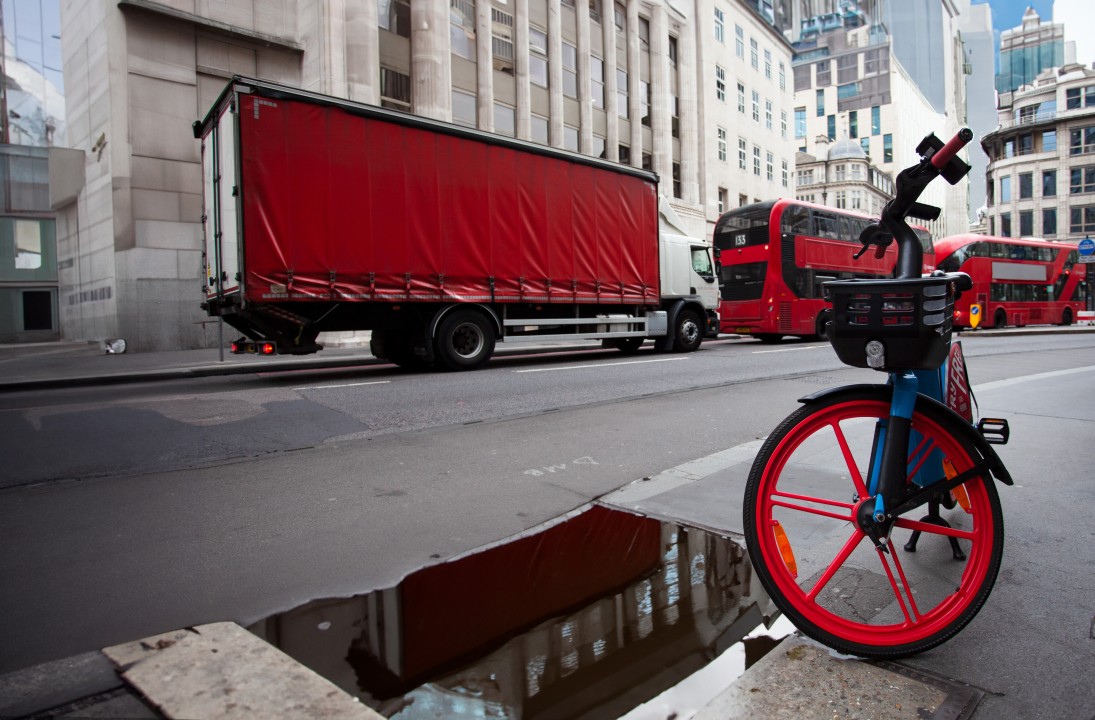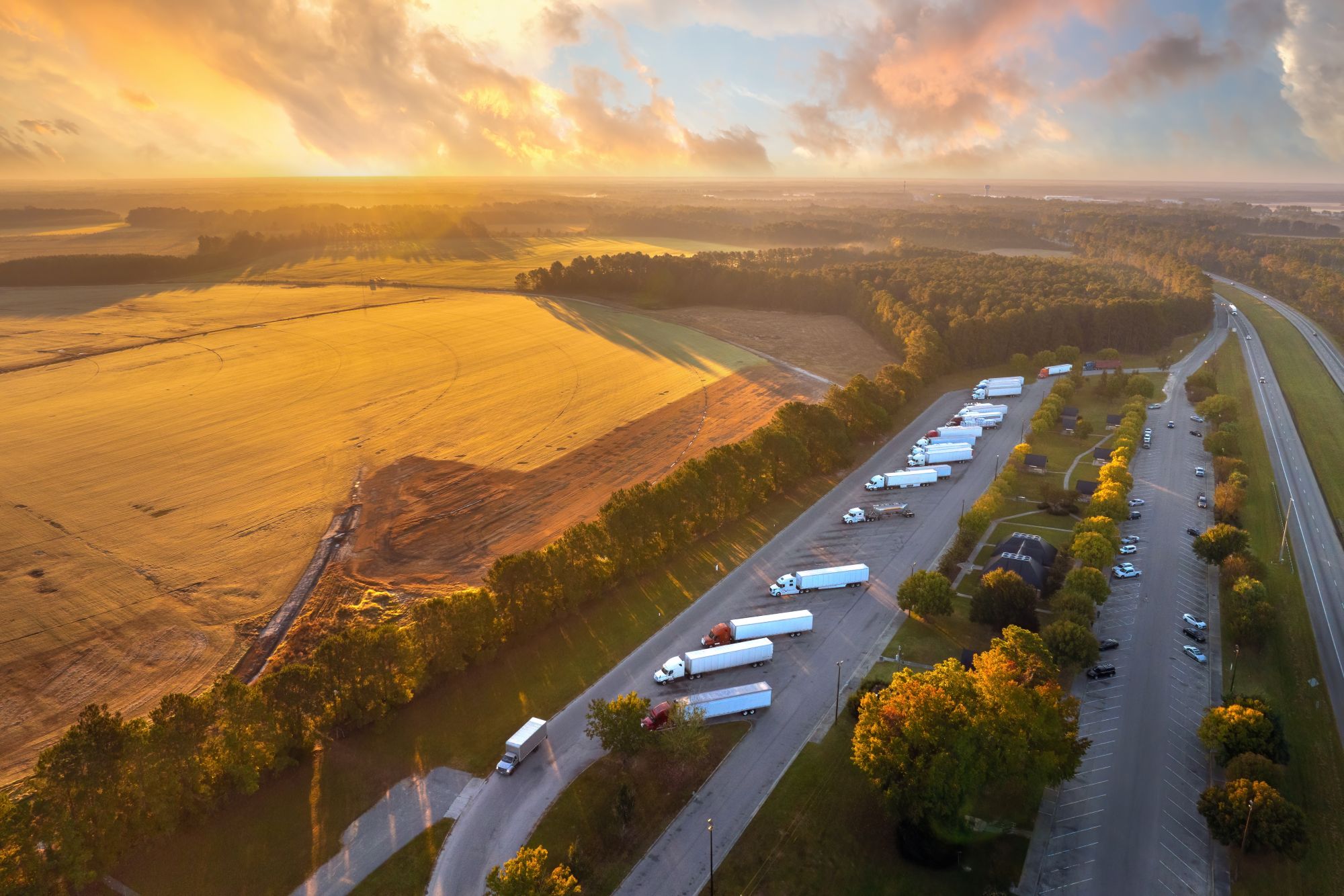
Susie Jones
Розвінчано п'ять міфів про вантажоперевезення
Створено: 19.08.2024
•
Оновлено: 19.08.2024
Протягом століть водіння вантажівок було основою світової торгівлі, доставляючи товари та предмети першої необхідності по всьому світу. Однак, незважаючи на свою важливу роль, вантажні перевезення довгий час були оповиті міфами та хибними уявленнями.
Хоча деякі з цих міфів сприймаються з дрібкою солі, деякі можуть завдати шкоди автотранспортній галузі та тим, хто в ній працює. Тому вкрай важливо розвінчати ці хибні уявлення, щоб водіння вантажівок залишалося привабливою професією для майбутніх поколінь. Ми запитали нашу спільноту водіїв у Facebook про деякі з найбільших міфів, які вони чули протягом своєї кар'єри.
1. Водії вантажівок сидять цілими днями
"Водії вантажівок тільки те й роблять, що сидять цілими днями". Фраза, яку часто чує далекобійник Люк.
Світ вантажоперевезень - це більше, ніж просто водіння. Водії вантажівок часто працюють разом з іншими на терміналах, доках і складах, розвантажуючи і завантажуючи вантажі. За кермом теж не все гладко. Водії вантажівок повинні зосередитися на маневруванні своїх транспортних засобів і дотримуватися суворих правил використання тахографа. Необхідно добре знати, в яких зонах вони можуть і не можуть їздити, а також усвідомлювати потенційні небезпеки.
2. Всі далекобійники - чоловіки
Це застарілий стереотип, який не відображає сучасних реалій автоперевезень. Останнім часом відбулися значні зміни у співвідношенні чоловіків і жінок серед водіїв вантажівок. У 2021 році жінки-водії становили лише 1% від 315 000 водіїв вантажівок у Великій Британії. Однак ця цифра зростає з кожним роком, оскільки галузь розвивається та охоплює інклюзивність. Такі водії, як [Джоді Сміт] (https://www.instagram.com/pinktrucker90/?hl=en), є безцінними захисниками жінок у цій галузі. Джоді документує свій досвід водіння вантажівок в Інтернеті, надихаючи інших сісти за кермо.
3. Будь-хто може керувати вантажівкою
Багато хто вважає, що якщо вони вміють водити легковий автомобіль, то зможуть керувати і вантажівкою. Однак водіння вантажівки вимагає унікального набору навичок, який може підійти не кожному. Керування комерційною вантажівкою вимагає наявності сертифікату професійної компетентності водія (CPC). Для отримання CPC водії повинні пройти п'ять тестів:
Теорія
Тематичне дослідження
Вправи на бездоріжжі
Водіння на дорозі
Практичні демонстрації
Крім того, водіння вантажівок вимагає стилю життя, який підходить не кожному - з довгими ізольованими годинами в дорозі, що часто ставить перед водієм несподівані виклики.
4. Гальмівний шлях
"Водії легкових автомобілів думають, що гальмівний шлях вантажівки такий самий, як у легкового автомобіля", - це те, що водій вантажівки Пол чув занадто багато разів.
Гальмівний шлях вантажівки значно відрізняється від легкового автомобіля через кілька факторів: - Вага: загальна вага завантаженої вантажівки більша, ніж у звичайного автомобіля, а це означає, що їй знадобиться більше зусиль, щоб сповільнитися і зупинитися
- Механіка: гальмівна система вантажних автомобілів розроблена для великих навантажень, що означає, що вони мають більші та міцніші осі та гальмівні компоненти, що призводить до більшого часу спрацьовування та більшого гальмівного шляху.
На швидкості 60 миль/год вантажівці потрібно 132 м для гальмування порівняно з 73 м для легкового автомобіля, що підкреслює важливість залишення достатнього простору між собою і вантажівкою при різкому гальмуванні.

5. Далекобійники - брудні
Протягом багатьох років за водіями вантажівок закріпився стереотип брудних і ледачих - несправедливе узагальнення. Багато водіїв-далекобійників проводять багато часу поза домом і в своїх кабінах, а це означає, що їхня гігієна і чистота кабіни є пріоритетом.
Для кращого розуміння цієї професії дуже важливо розвіяти міфи та хибні уявлення про водіння вантажівок. Розвінчання деяких поширених міфів створить більш привабливу галузь для майбутніх поколінь і підвищить обізнаність про водіння вантажівок як про висококваліфіковану професію, яка відіграє життєво важливу роль у нашій економіці.
Чи буває далекобійникам самотньо?
Перш ніж розглядати кар'єру водія вантажівки, дуже важливо зрозуміти, що передбачає ця робота. Для багатьох водіїв-далекобійників проблемою є самотність - довгі години в дорозі без спілкування для одних є важким випробуванням, а для інших - мрією.
Крім того, час, проведений далеко від близьких, може негативно вплинути на багатьох. Однак водіям стало легше спілкуватися з друзями та родиною за допомогою телефону або відеодзвінків. Існує також безліч [форумів] (https://epicvue.com/6-ways-you-can-handle-loneliness-as-a-truck-driver/#:~:text=Loneliness%20is%20a%20huge%20issue,the%20isolation%20on%20the%20road.) і корисних порад, які допомагають водіям зменшити самотність.
Чи може водій вантажівки мати другу роботу?
Оскільки Великобританія переживає кризу вартості життя, все більше водіїв розглядають можливість другої роботи. Однак вторинна зайнятість пов'язана з певними проблемами та ризиками, особливо у світі вантажоперевезень. Перед тим, як йти далі, водіям необхідно з'ясувати, чи існує в їхній компанії політика вторинної зайнятості.
Створюючи політику вторинної зайнятості, компанії та оператори повинні враховувати її вплив на продуктивність, відвідуваність та втому водіїв. Не кажучи вже про дотримання правил робочого часу водіїв.



